10 ways to create a product blog
Are you looking to start writing your product's blog? Here's a list of tools that will help you get started asap.
A product blog is a powerful tool to connect with potential customers, showcase your creation's value, and build a loyal community. But creating a product and sorting out sales and marketing is challenge enough, creating content and searching for a platform for creating a blog doesn't have to add on to the things you need to do. Here's a list of platforms you can use to start with blogging for your product.
WordPress: The Customizable Classic
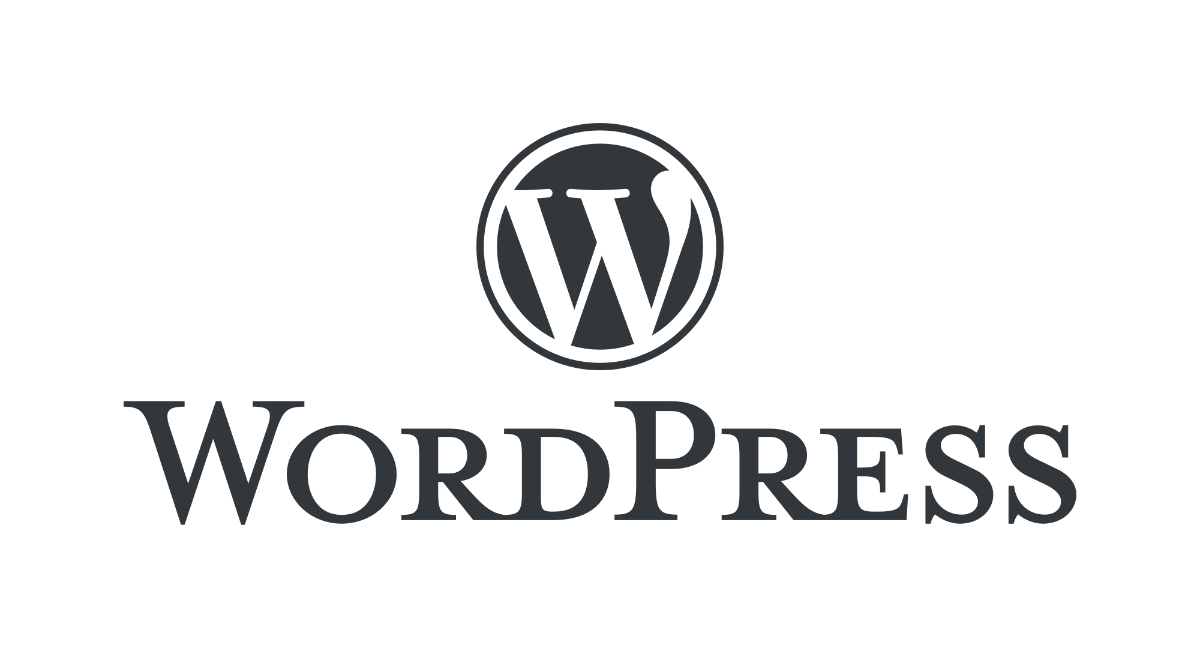
WordPress reigns supreme for a reason. It offers unparalleled control over design and functionality. With a plethora of themes and plugins, you can tailor your blog to perfectly match your brand aesthetic and desired features. While it has a slight learning curve, the vast customization options and community support make WordPress a top contender.
Pro: Unparalleled control over design and functionality with a vast library of themes and plugins.
Con: Requires some technical knowledge to set up and maintain, especially for complex customizations.
Cost: While the WordPress software itself is free, ongoing costs can include website hosting (typically ~$3-$10+ per month), domain name registration (around ~$10-$20 per year), and potentially premium themes or plugins (prices vary).
Webflow: Design Freedom Meets Ease of Use

Webflow bridges the gap between code-heavy website builders and user-friendly platforms. You get the design flexibility of custom coding with the drag-and-drop convenience of a visual interface. Webflow streamlines the content creation process while allowing for a unique and stunning blog design.
Pro: Bridges the gap between coding and user-friendly interfaces, offering design freedom with drag-and-drop functionality. Also has many blog templates you can choose from.
Con: Might have a steeper learning curve for those unfamiliar with visual design tools.
Cost: Offers a free plan with limited website features and project exports. Paid plans start around ~$12 per month and increase based on features, website traffic volume, and content management needs.
Framer: For the Design-Centric Product
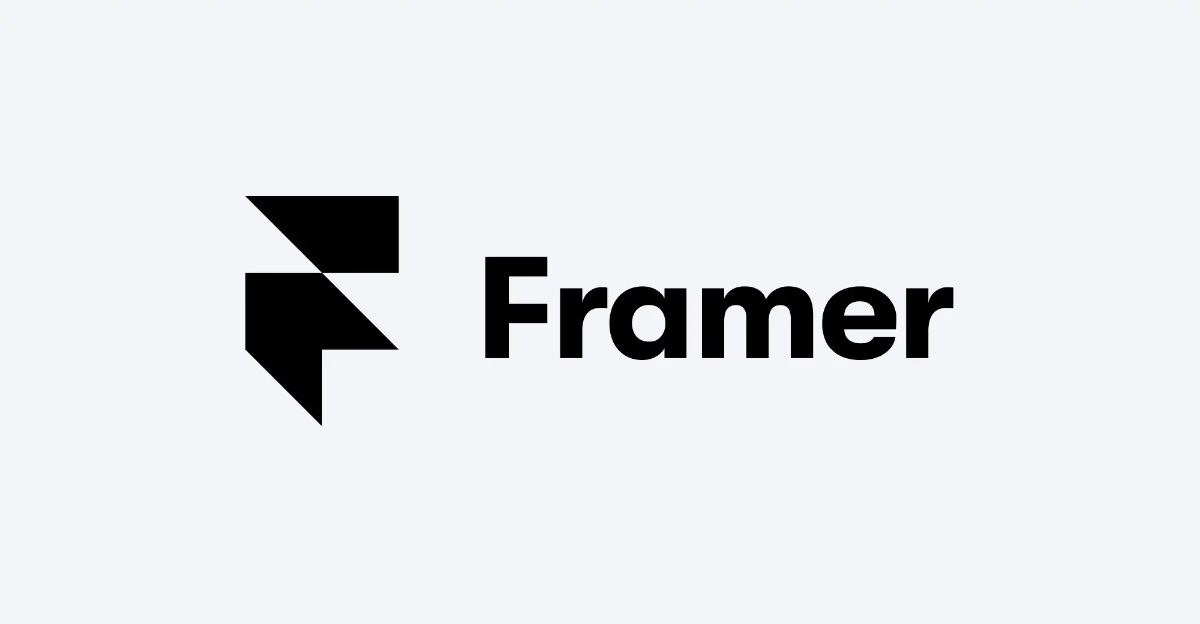
If stunning visuals are paramount for showcasing your product, look no further than Framer. Primarily a prototyping tool, Framer allows you to create interactive and visually captivating blog posts that truly bring your product to life.
Pro: Ideal for showcasing design-centric products with interactive and visually captivating blog posts. Also has many blog templates you can choose from.
Con: Primarily a prototyping tool, so content management functionalities might be less developed compared to dedicated blogging platforms.
Cost: Primarily a prototyping tool, Framer offers free and paid plans. The free plan has limitations on project collaboration and exports.
Medium: The Simplistic Sharer
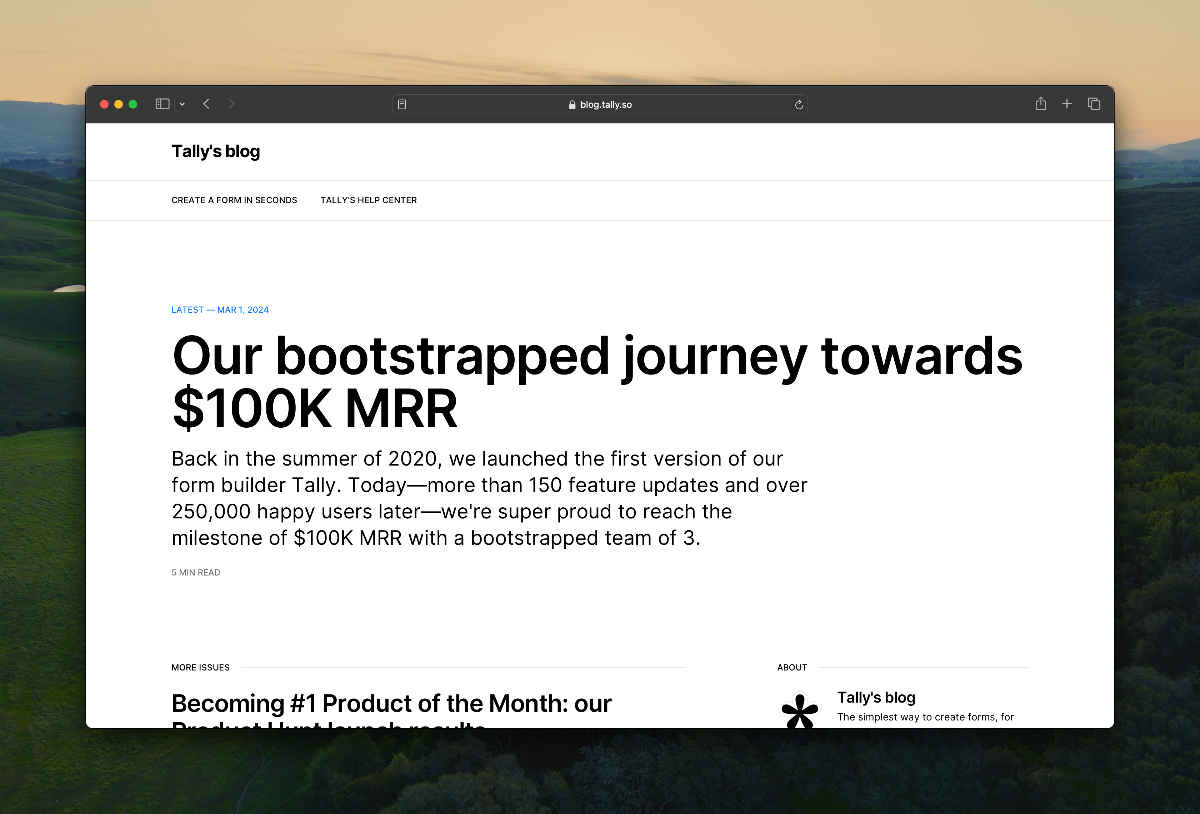
Medium is a fantastic platform if you prioritize ease of use and a built-in audience. Its minimalist interface makes setting up and publishing content a breeze. Plus, you leverage Medium's established user base, potentially exposing your product blog to a wider audience.
Setup your custom domain from here.
Pro: Easiest to use with a built-in audience on a popular platform.
Con: Limited customization options and potential dependence on Medium's algorithm for reach.
Cost: Free to use with basic features and limited customization options. Paid membership for custom domain.
Contentful: The Headless CMS Powerhouse
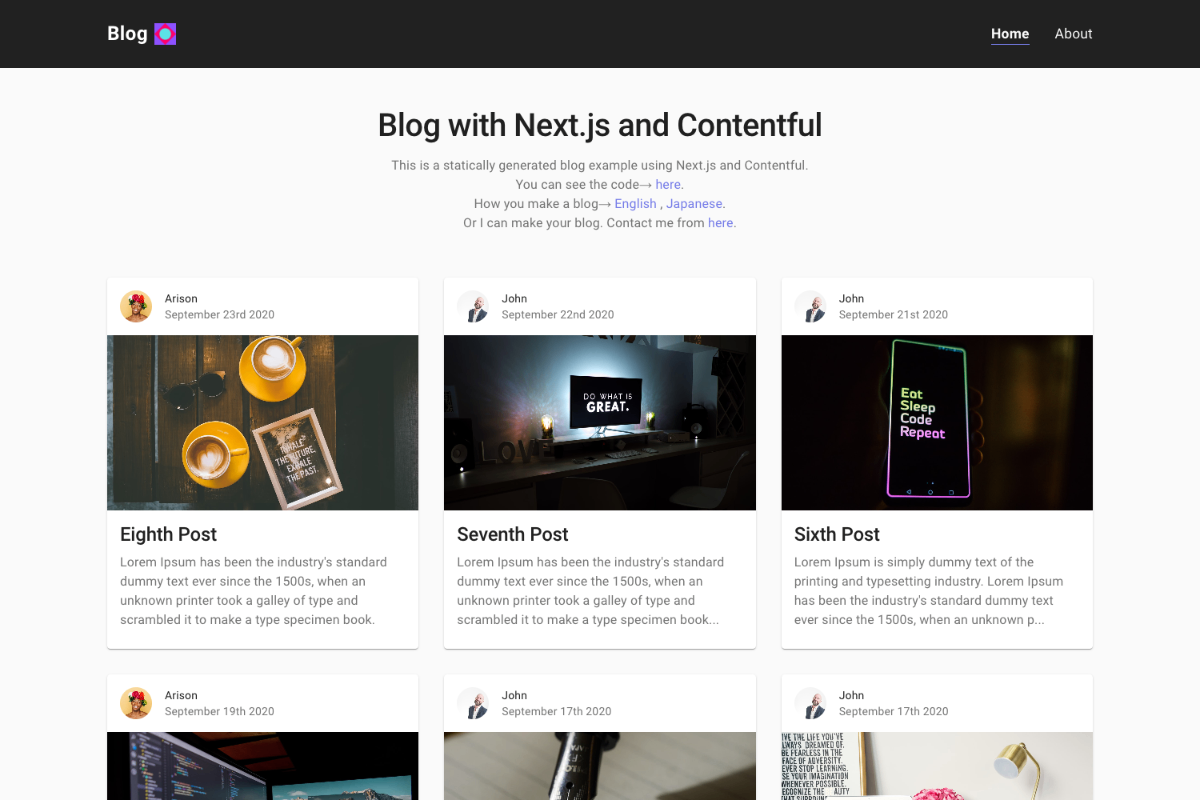
Contentful isn't your typical blogging platform. It's a Headless CMS (Content Management System) that prioritizes flexibility and scalability. This means you can create content for your product blog and easily integrate it into your existing website or mobile app.
Pro: Unmatched flexibility and scalability for complex content strategies and omnichannel delivery.
Con: Requires more technical expertise to set up and manage compared to user-friendly blogging platforms.
Cost: Offers a free plan with limited content volume and delivery API calls.
Ghost: The Minimalist Mastermind
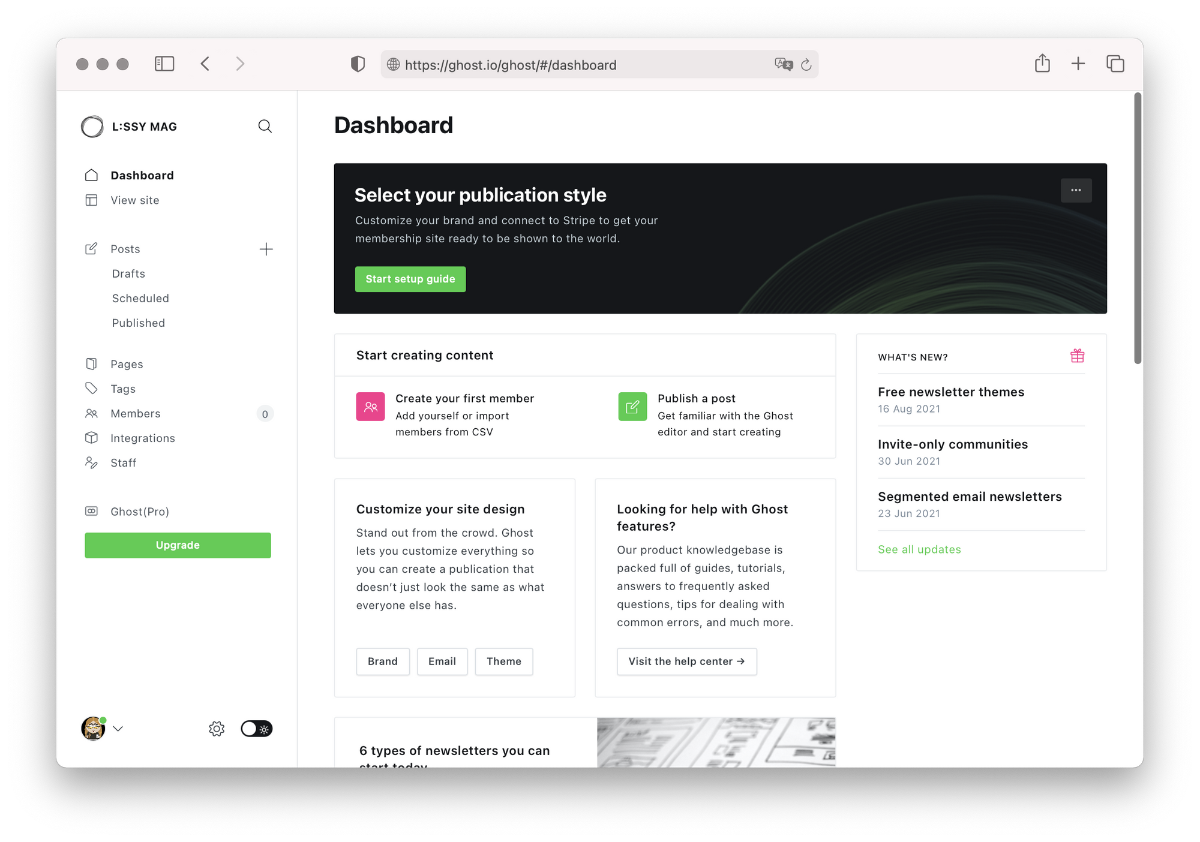
If simplicity and focus are your priorities, Ghost is a breath of fresh air. It's a minimal blogging platform designed specifically for writers and publishers.
Pro: Clean interface and markdown editing promote a focused and efficient writing experience.
Con: Limited design customization options compared to platforms with drag-and-drop editors.
Cost: Provides a free, self-hosted open-source option but requires technical knowledge for setup and maintenance.
Substack: The Subscription Newsletter Champion
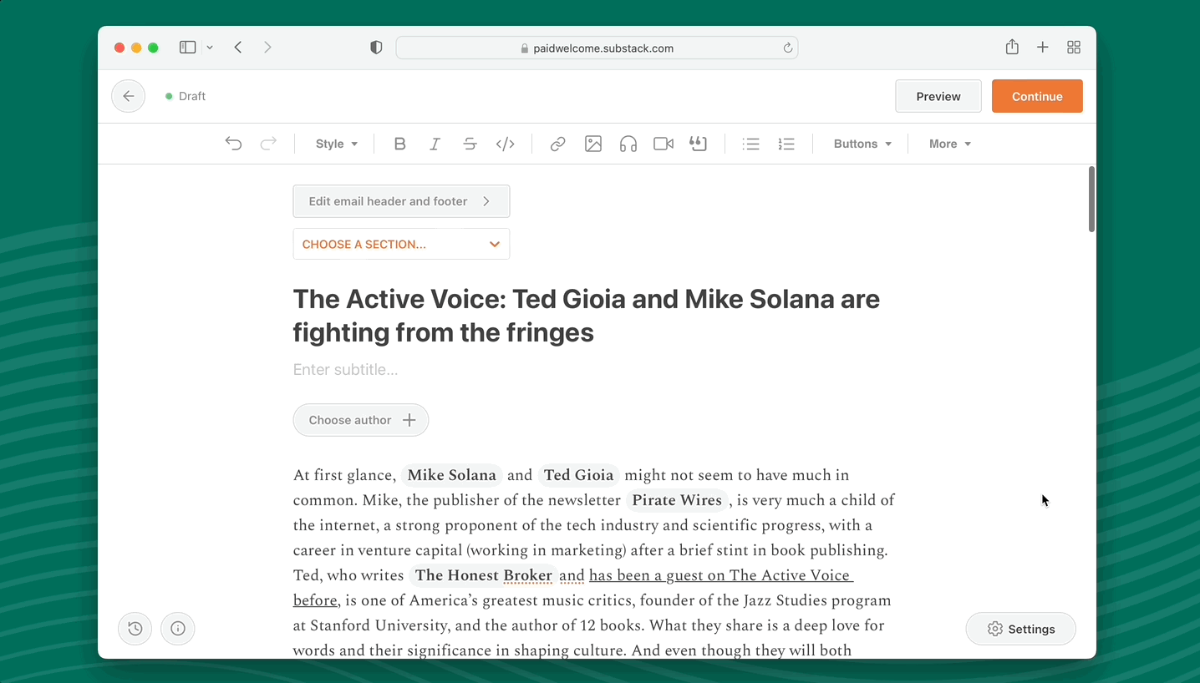
Substack takes a unique approach to content creation. It's a platform designed specifically for creating subscription-based newsletters. This can be a fantastic option for in-depth articles, exclusive content, and fostering a closer relationship with your readers.
Pro: Ideal for building a loyal subscriber base and offering exclusive content with a monetization model.
Con: Relies on email delivery, which might not be suitable for all audiences compared to traditional blog formats.
Cost: Offers a free plan with basic features and email list management.
Riliz.co: Minimal blogging platform for updates & releases
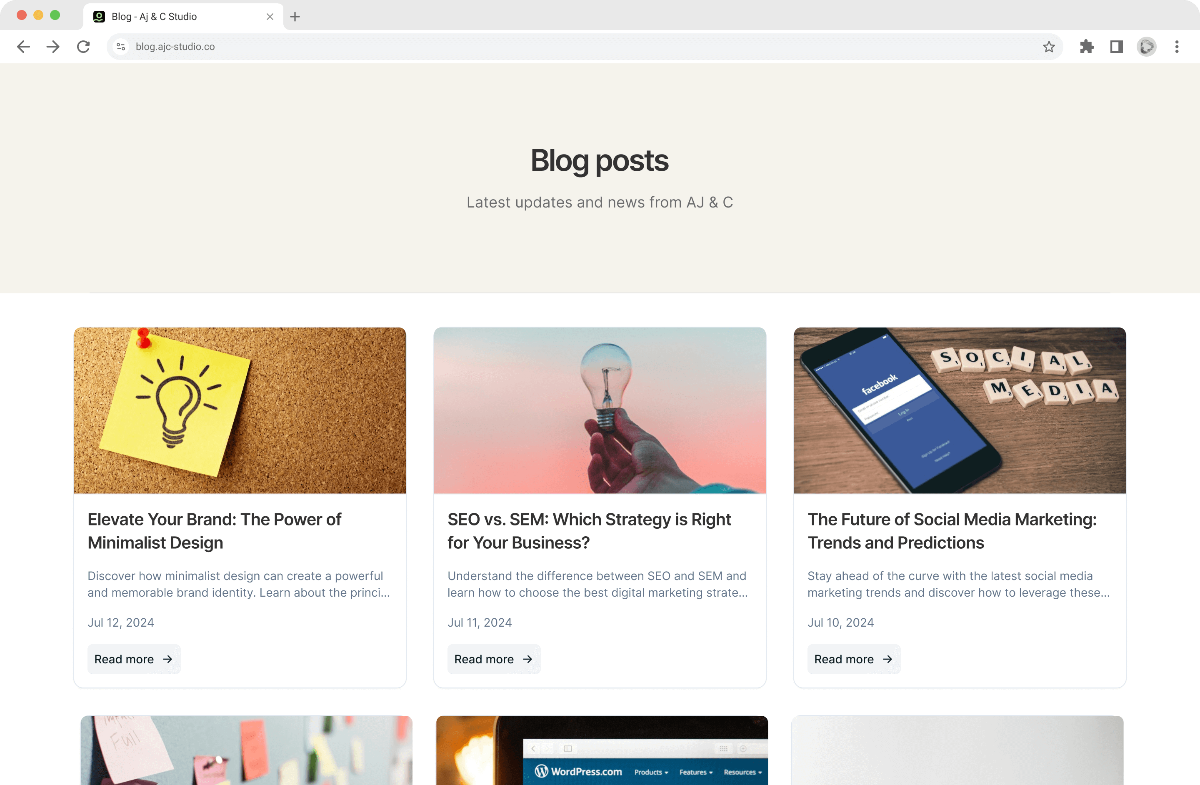
Riliz.co is a simple, less bloated option for anyone looking to just write a seo-friendly blog, for inidividual, business, or commercial purposes. Write in markdown or with a rich-text notion-like editor, use your custom domain and optimize for SEO with editable OpenGraph info like title, description and images.
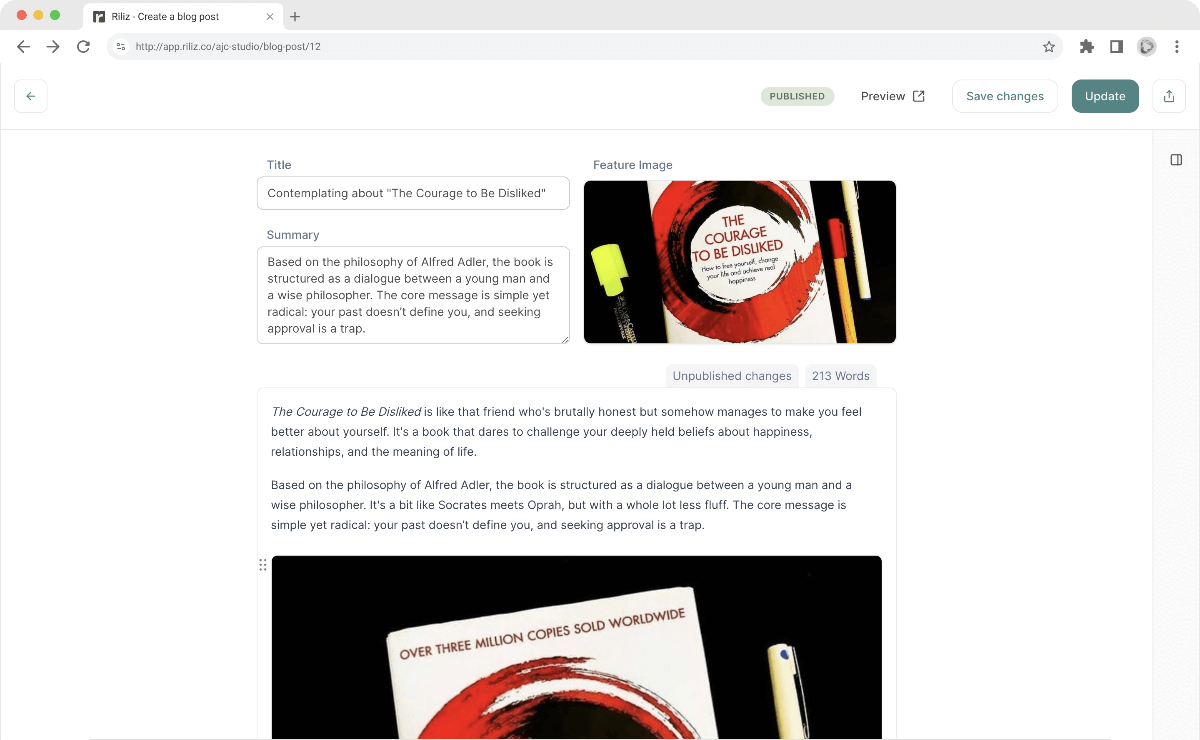
Pro: Simple and straightforward to use, with a beautiful interface and subtle blog design. Also supports custom domain and OG customization.
Con: No support for subscribers or multiple templates. Will never support cookies or tracking.
Cost: Free with a ".riliz.co" domain and "made with riliz" badge. Support with a low-cost subscription for custom domain and (soon to launch) AI and analytics features.
More alternatives we found during our research:
Nucelo
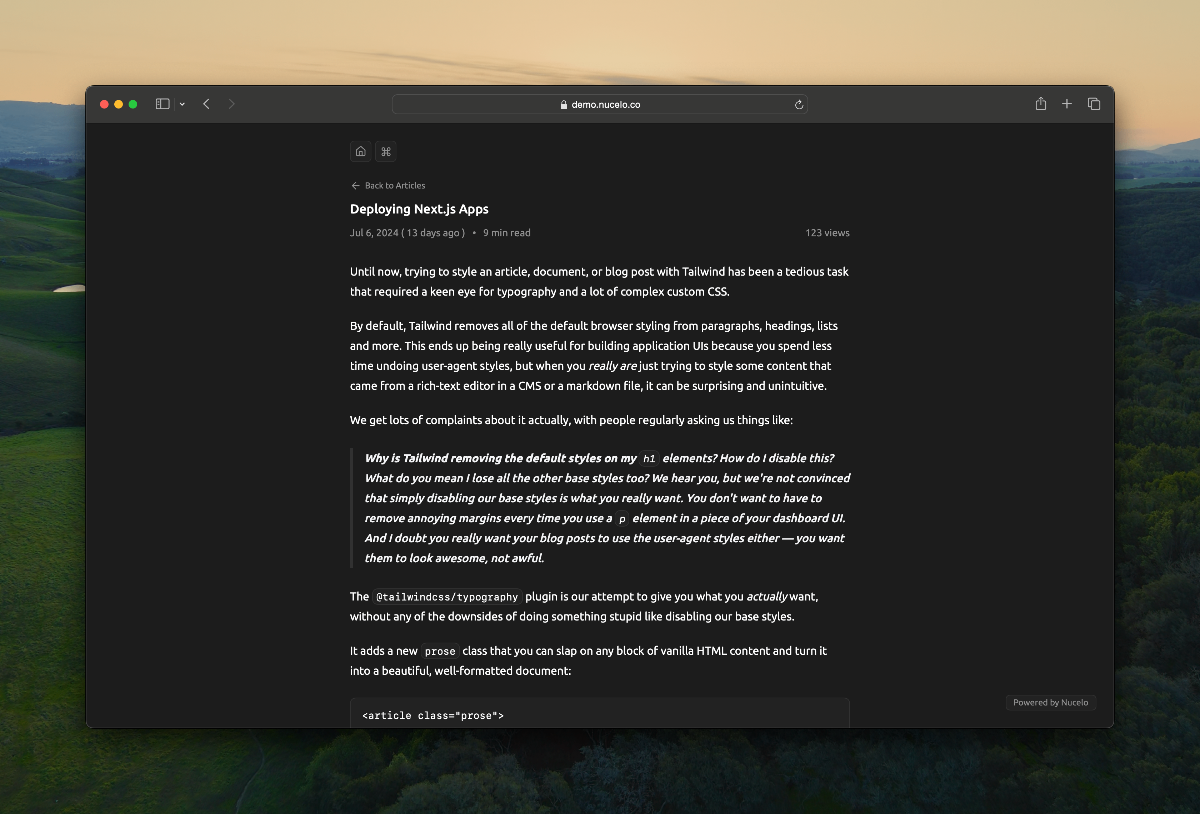
### Btw.so

### Papyras
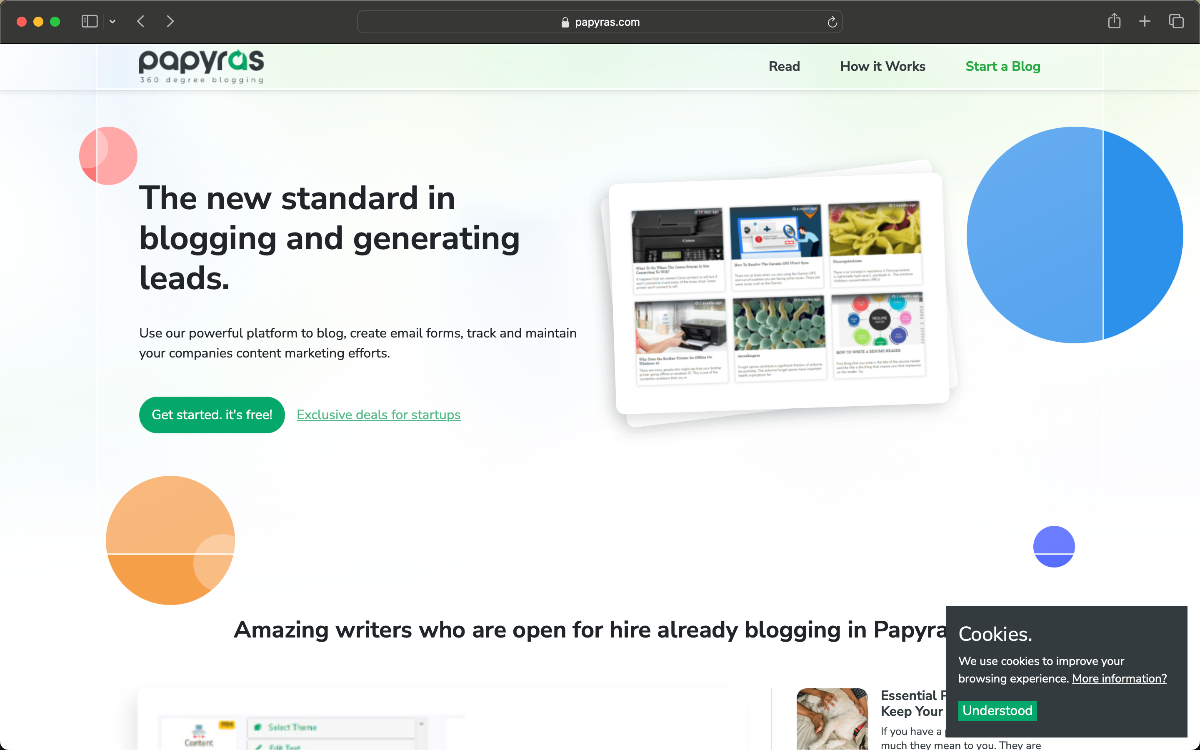
### HYVOR Blogs
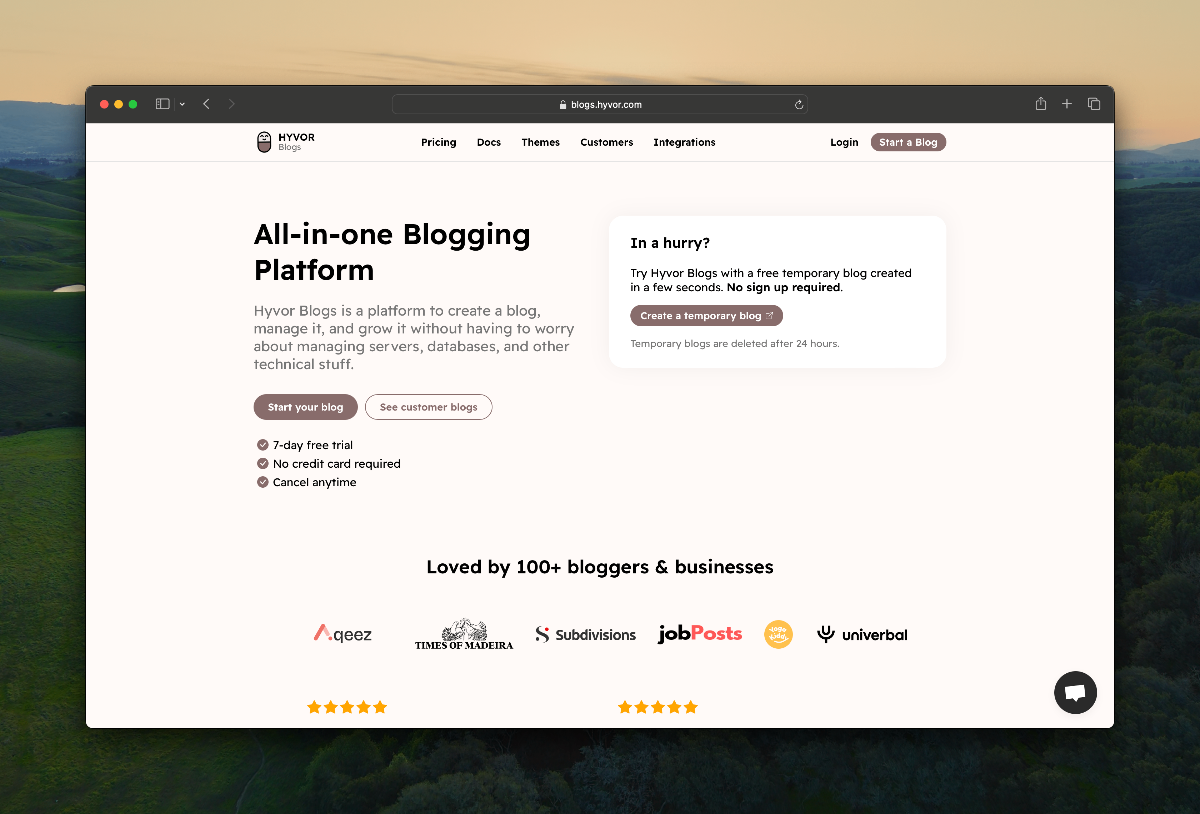
### BlogHunch
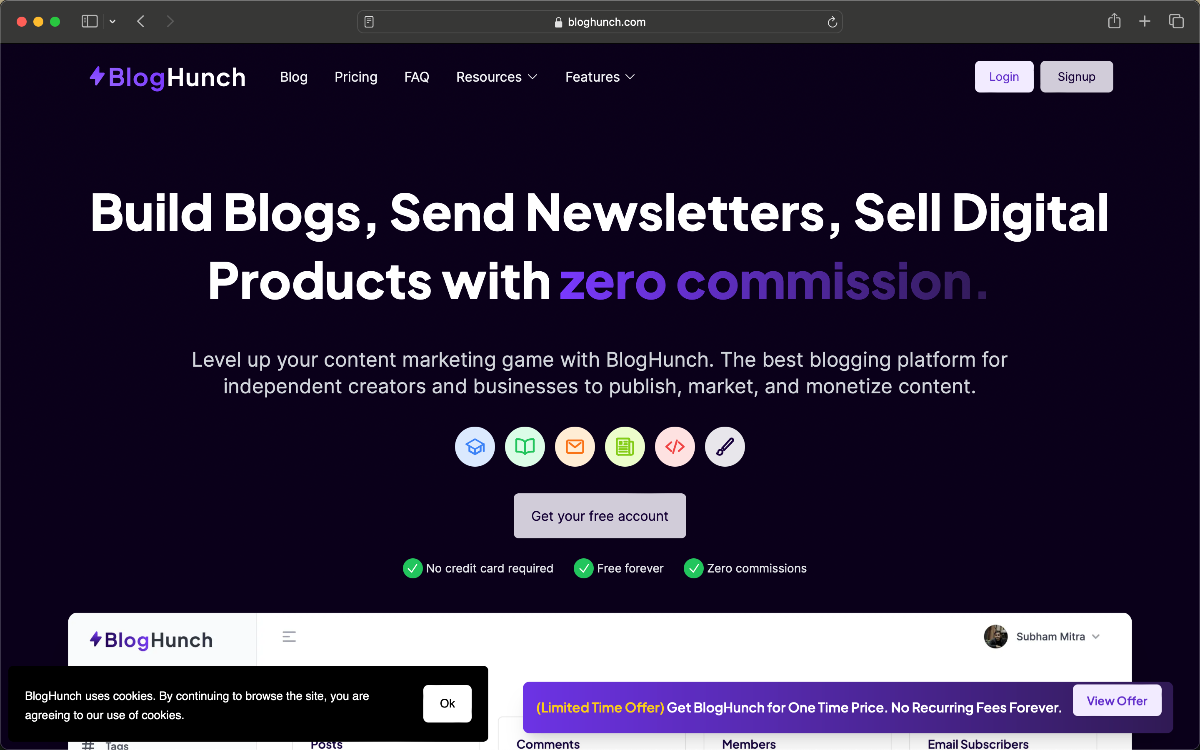
---
Too many options out there, but in the end it comes down to what you want out of your tool.
For freedom in design and multiple templates to choose from you can choose Webflow, Framer, Wordpress or even Blogger. For a newsletter ecosystem choose from Substack or Nucelo. For monetization, Substack and Medium have options you can setup.
Also the time to setup and the costs of these tools highly vary. Take some time to explore these options, and find the one that empowers you to create the product blog you envision. Or just send us a message with your requirement and we'll write back to you with some options.
Bonus Tip: Regardless of the platform you choose, prioritize high-quality content that educates, entertains, and compels your target audience. That's the golden thread that will keep your readers coming back for more.